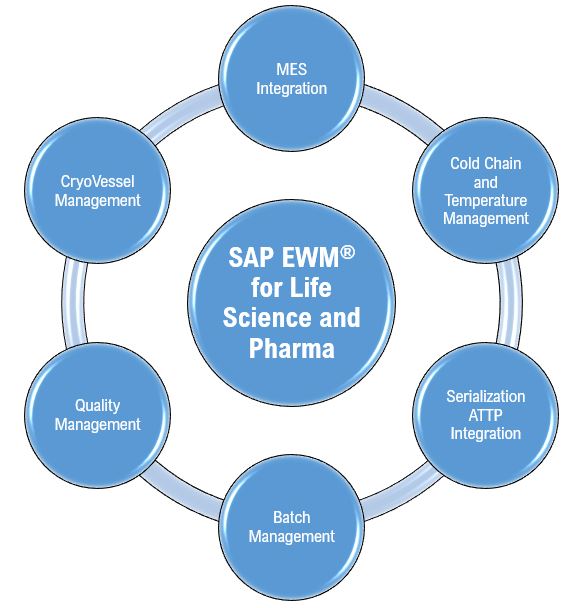Introduction
In today’s hyper-connected digital ecosystem, user interactions are no longer linear—they are dynamic, multi-modal, and deeply contextual. Behavioral Modeling and Analysis for Digital Interactions (BMAD) has evolved from basic clickstream analytics to sophisticated AI-driven frameworks that predict, personalize, and adapt in real time. The next frontier? Scaling BMAD techniques using AI-driven development and Context Engineering.
Why Scaling Matters
As organizations expand their digital footprint, the complexity of user behavior grows exponentially. Scaling BMAD is not just about handling more data; it’s about:
Maintaining accuracy across diverse contexts
Ensuring real-time adaptability
Delivering hyper-personalized experiences at scale

Core Challenges
Data Fragmentation – Behavioral signals spread across multiple channels.
Contextual Drift – User intent changes rapidly based on environment and time.
Model Scalability – Traditional models struggle with high-dimensional behavioral data.
AI-Driven Development: The Game Changer
AI-driven development introduces automation and intelligence into BMAD pipelines:
Auto ML for Behavioral Segmentation – Automates feature engineering and clustering.
Reinforcement Learning for Interaction Optimization – Learns from feedback loops to improve engagement.
Generative AI for Predictive Contextualization – Creates synthetic scenarios for better forecasting.
Context Engineering: The Secret Sauce
Context Engineering ensures BMAD models understand why a user behaves a certain way, not just what they do:
Contextual Graphs – Mapping relationships between user actions, environment, and intent.
Temporal Context Encoding – Capturing time-sensitive behavioral patterns.
Multi-Modal Fusion – Combining text, voice, gesture, and IoT signals for holistic insights.
Scaling Strategies
Distributed AI Pipelines – Deploy BMAD models across edge and cloud for low latency.
Federated Learning – Train models without compromising user privacy.
Dynamic Context Layers – Continuously update context graphs as new data streams in.
Business Impact of Scaling BMAD
Hyper-Personalization at Scale – Real-time recommendations tailored to micro-contexts
Predictive Engagement – Anticipate user needs before they arise
Operational Efficiency – Reduce manual intervention through AI-driven automation
Conclusion
Scaling Behavioral Modeling and Analysis for Digital Interactions with AI-driven development and Context Engineering is not a luxury—it’s a necessity for businesses aiming to thrive in the era of intelligent digital interactions. The future belongs to systems that learn, adapt, and personalize at scale.








